Winds of Change: Sri Lanka's Banking Crisis is Stalling Renewable Energy Ambitions of Local Stalwarts of Wind & Solar Power
Sri Lanka's ambitious leap towards renewable energy is caught in a storm. With the country's banking system grappling with a severe liquidity crunch and foreign exchange shortages, the road to sustainable energy is fraught with hurdles. This crisis is not just a story of numbers but one of stalled dreams and postponed projects, as companies like WindForce PLC and Lakdhanavi struggle to keep their turbines turning.The Economic Quagmire
Sri Lanka's economy is teetering on the edge. Despite a modest projected growth of 2.2% in 2024, the recovery remains tentative. Inflation is cooling, yet the scars of a deep economic downturn are still visible. The World Bank and IMF reports paint a picture of an economy trying to stabilize but weighed down by high poverty and income inequality levels.
The banking sector, a vital cog in this recovery, is under siege. The Central Bank of Sri Lanka's recent Monetary Policy Report underscores the financial instability and the challenges in issuing letters of credit (LCs) due to foreign exchange constraints. These LCs are lifelines for import-dependent industries, including renewable energy, where the import of high-value turbines and other machinery is critical.
WindForce PLC: A Case in Point
WindForce PLC, a beacon of Sri Lanka's renewable energy sector, exemplifies the struggle. The company's financials tell a story of resilience amid adversity:
- Revenue surged by 18%, reaching LKR 5.85 billion for the year ending 31st March 2024.
- Profit Before Tax climbed by 8% to LKR 2.56 billion, a testament to operational efficiencies and strategic expansions.
- Profit After Tax, however, dipped by 2% to LKR 1.75 billion, hit by a hefty dividend tax.
The real challenge lies beneath these figures. The cash flow from operating activities plummeted to LKR 1.24 billion from LKR 2.16 billion, highlighting liquidity woes. This financial tightrope is further strained by the import bottlenecks due to LC issues, delaying critical projects and inflating costs.
The Larger Picture: Lakdhanavi and Beyond
Lakdhanavi, another major player, mirrors these struggles. Project delays and financial strains are common themes across the industry. The lack of LCs has led to stalled imports of essential components, causing cascading delays in project timelines.
These companies are navigating a complex landscape where regulatory hurdles, high inflation, and currency devaluation add layers of difficulty. The economic instability has also led to fluctuating market conditions, impacting overseas operations and compounding the challenges of sustaining large-scale renewable projects.
The Path Forward
The road ahead is not without hope. Strategic interventions by the government and financial institutions could stabilize the economy and ease the liquidity crunch. Enhanced foreign exchange availability and supportive regulatory frameworks are critical to revive the momentum in the renewable energy sector. In this scenario, Foreign Direct Investment (FDI) projects are of paramount importance for the future of power generation. FDIs can bring in much-needed capital, technology, and expertise to overcome the current financial and operational barriers.
Sri Lanka's renewable energy aspirations are at a critical juncture. The economic and banking crises have imposed severe constraints, but with coordinated efforts and strategic reforms, the country can navigate through these turbulent times and achieve its sustainable energy goals. The stories of WindForce and Lakdhanavi are testaments to resilience, but they also serve as urgent calls for systemic changes to enable a greener and more sustainable future.
 would enable you to enjoy an array of other services such as Member Rankings, User Groups, Own Posts & Profile, Exclusive Research, Live Chat Box etc..
would enable you to enjoy an array of other services such as Member Rankings, User Groups, Own Posts & Profile, Exclusive Research, Live Chat Box etc.. 
 Home
Home













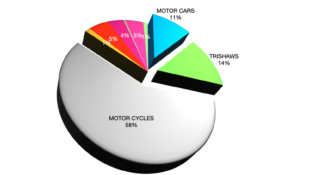
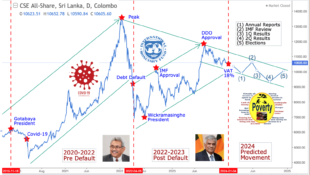

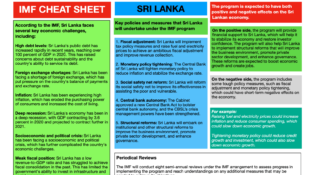
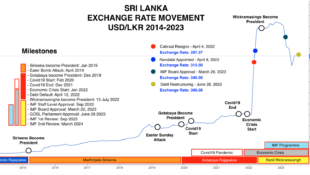
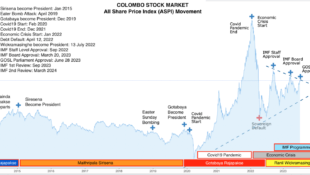

No Comment.